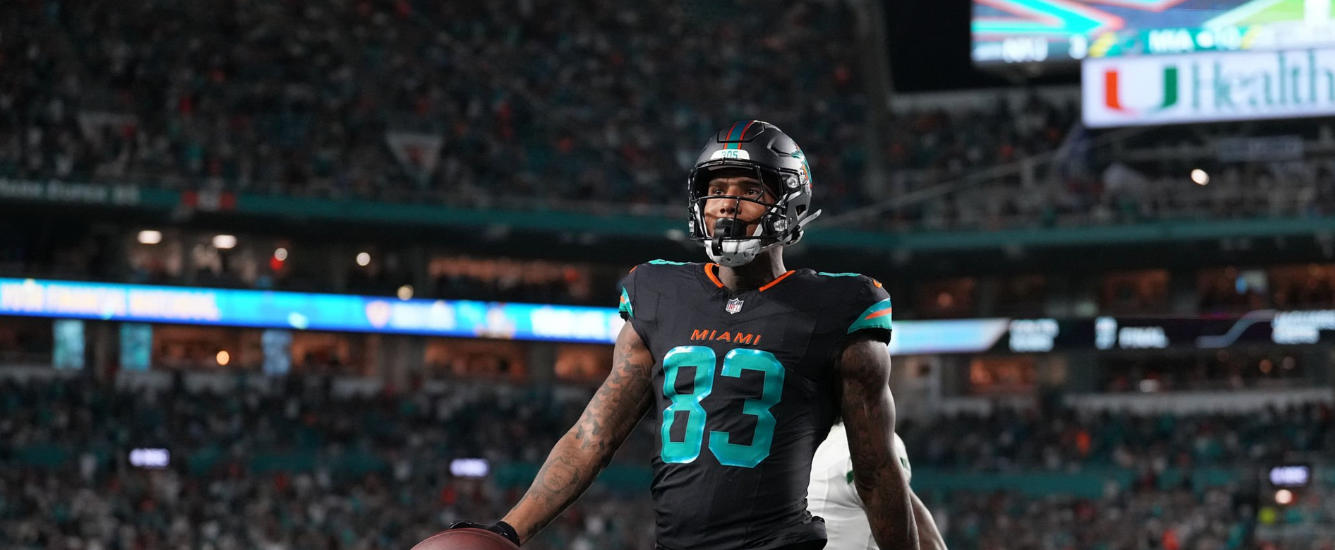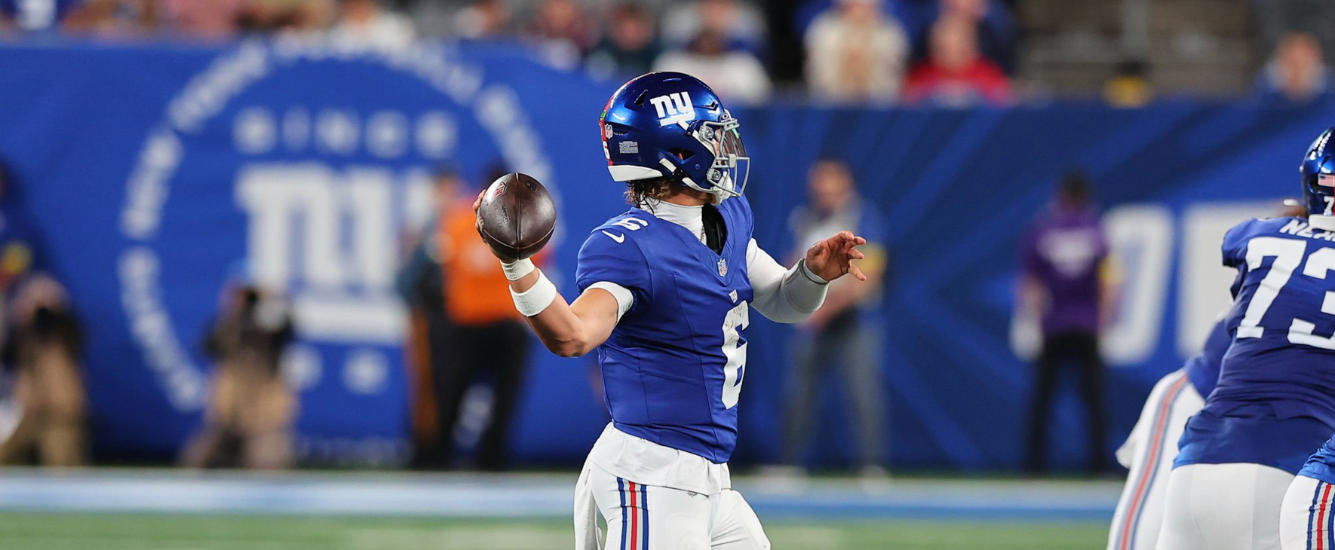Now that the draft is over I’m excited to report that I’ve finished my air yards model for NFL receivers.[1]The air yards model combined four separate machine learning models into one ensemble model. The models used included a Bayesian neural net, a nearest neighbors algorithm, a random forest algorithm and a tuned generalized linear model. Preprocessing steps included data normalization (centered and scaled), the elimination of near zero variance predictors, and principal component analysis transformation. The model data used were 838 observations of 35 predictors, including age, weight, previous season player volume and efficiency data, three-year weighted player efficiency data, and previous … Continue reading Well-validated models are the best and most unbiased forecast of NFL receiver production there is. However there are things that they cannot capture that are important to consider.
Footnotes[+]Footnotes[−]
| ↑1 | The air yards model combined four separate machine learning models into one ensemble model. The models used included a Bayesian neural net, a nearest neighbors algorithm, a random forest algorithm and a tuned generalized linear model. Preprocessing steps included data normalization (centered and scaled), the elimination of near zero variance predictors, and principal component analysis transformation. The model data used were 838 observations of 35 predictors, including age, weight, previous season player volume and efficiency data, three-year weighted player efficiency data, and previous season team passing volume and efficiency data. The dependent variable was fantasy points per game. The data were split 80/20 into training and test sets. 10 fold cross validation was performed. The measured R^2 on the held out data was 0.66. |
|---|




















